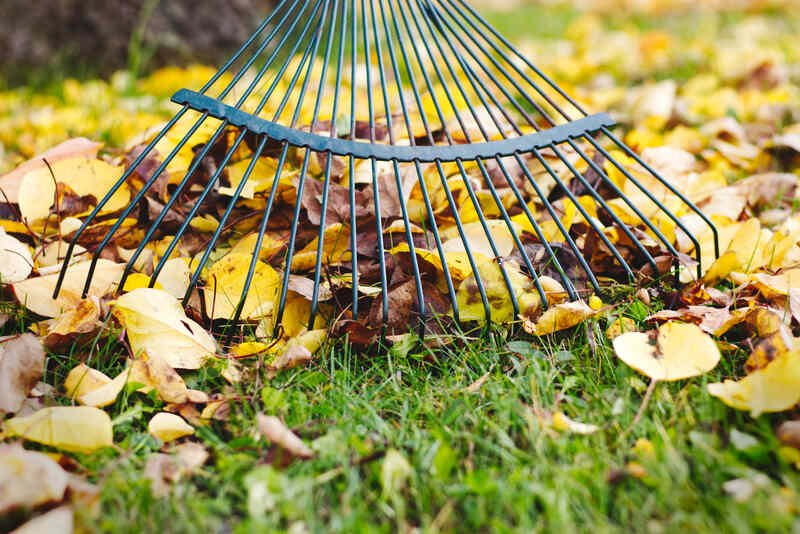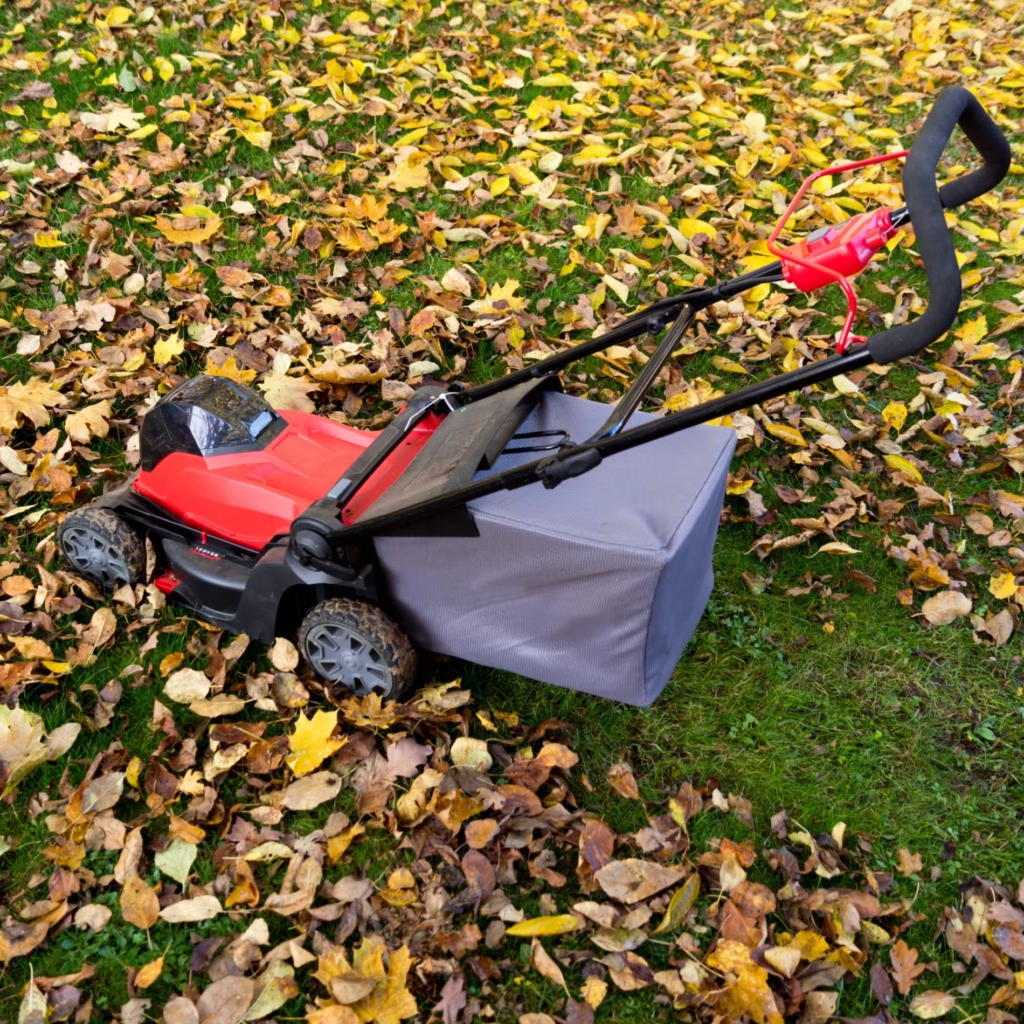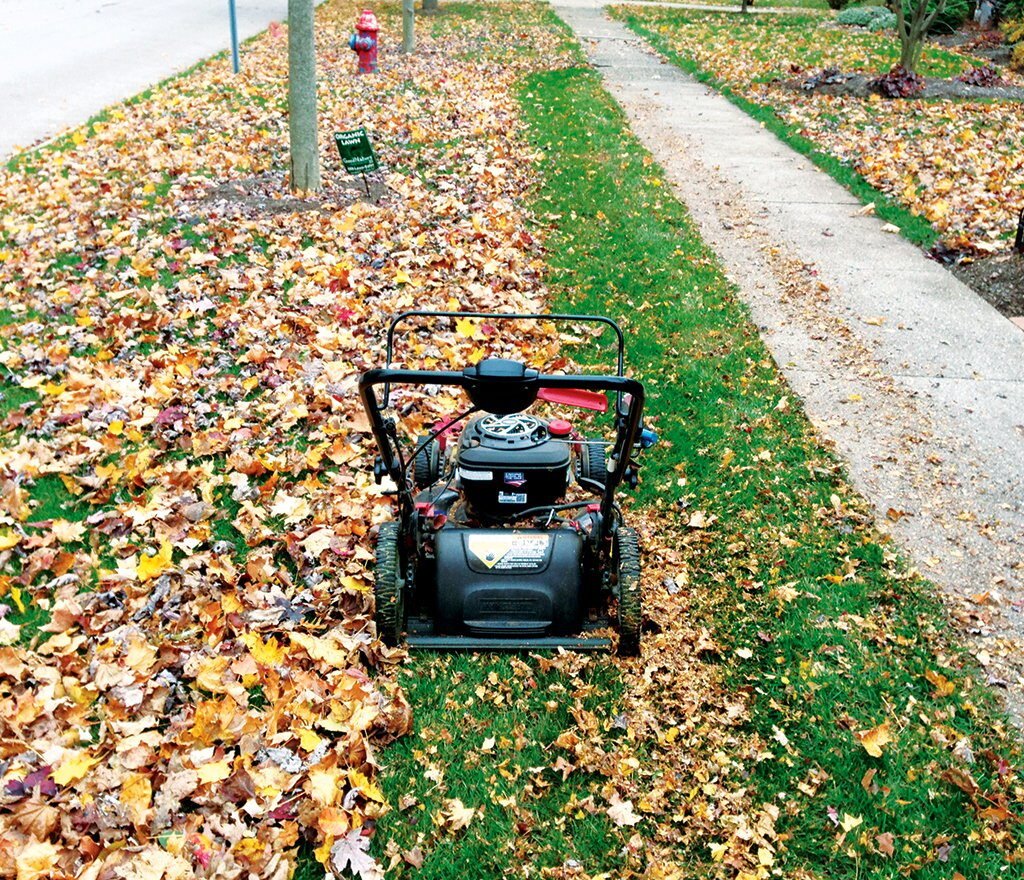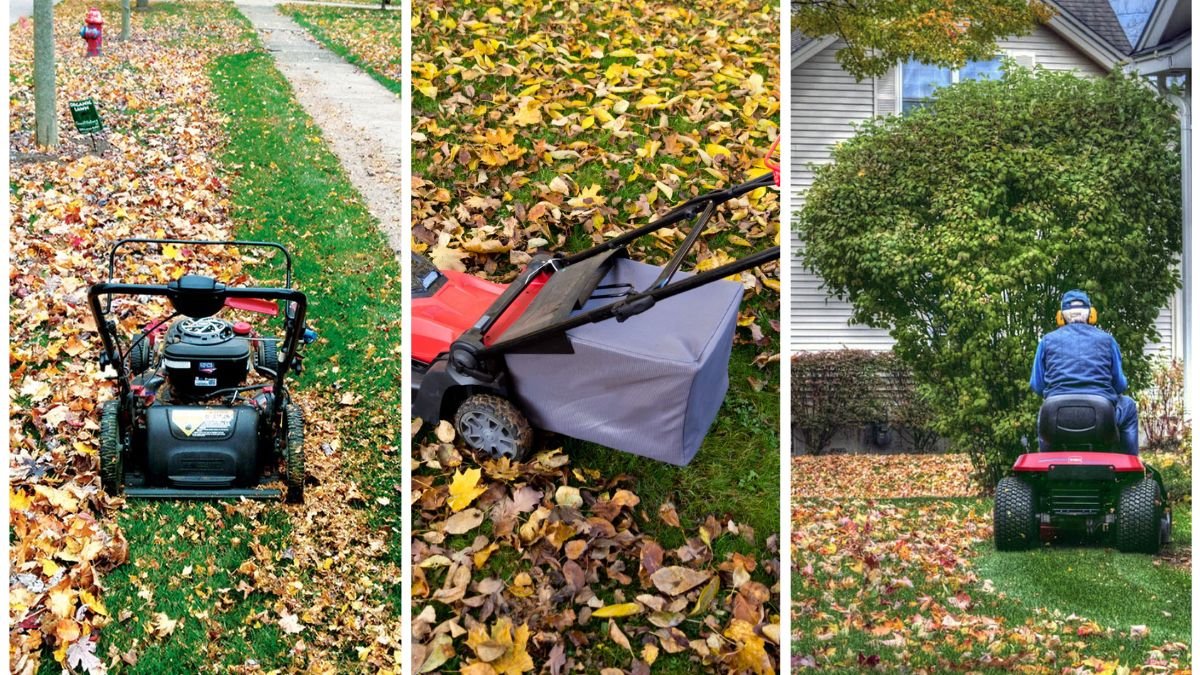Autumn brings vibrant colors, crisp air, and a blanket of falling leaves that cover lawns across neighborhoods. While the colorful spectacle is beautiful, it also presents a common lawn care dilemma: what should you do with all those fallen leaves? Should you rake them into piles for disposal, or mulch them back into the lawn?
This decision is more than just a matter of convenience; it affects your lawn’s health, soil fertility, and overall ecosystem. In this article, we’ll explore both approaches in depth, comparing the benefits and drawbacks, and providing guidance for homeowners on how to make the right choice for their lawn this fall.
The Case for Raking Leaves

Raking is a traditional approach to leaf management, often done with a manual rake, leaf blower, or lawn vacuum. This method involves collecting leaves into piles and either disposing of them, composting them, or using them as mulch elsewhere in the garden.
Benefits of Raking
- Prevents Lawn Smothering
A thick layer of leaves left on grass can block sunlight and airflow, leading to weakened turf and potential fungal growth. Raking removes excessive leaf buildup and allows grass to breathe. - Reduces Disease Risk
Damp, decaying leaves create a perfect environment for fungi and other pathogens. Removing leaves helps prevent diseases like snow mold or leaf spot from taking hold in your lawn. - Enhances Lawn Appearance
Raking creates a clean, manicured look, improving curb appeal. For homeowners who value aesthetics, this method ensures a tidy lawn free from visible leaf debris. - Leaves for Compost or Garden Beds
Collected leaves can be composted, creating nutrient-rich material for future gardening. You can also shred them for mulch in flower beds, shrubs, or vegetable gardens.
Drawbacks of Raking
- Labor Intensive: Manual raking requires significant physical effort, especially for large lawns.
- Time Consuming: Frequent leaf drops in autumn mean repeated sessions of raking.
- Potential Environmental Impact: Bagging leaves for municipal collection often means they end up in landfills, contributing to waste.
Raking can be effective, but it may not always be the most efficient or eco-friendly choice.
The Case for Mulching Leaves

Mulching involves chopping fallen leaves into tiny pieces using a mulching mower or leaf shredder, then leaving the finely shredded material on the lawn. Mulched leaves decompose quickly, returning nutrients to the soil.
Benefits of Mulching
- Natural Fertilizer
Mulched leaves add organic matter to the soil, providing essential nutrients like nitrogen, phosphorus, and potassium. This natural “leaf fertilizer” enriches the soil and encourages healthy grass growth in the following season. - Improves Soil Structure
As leaves break down, they enhance soil texture and water retention, reduce erosion, and promote beneficial microbial activity in the soil. - Reduces Yard Waste
Mulching keeps leaves out of landfills and reduces the need for transportation and disposal. It’s an environmentally friendly solution that recycles nutrients back into your lawn. - Saves Time and Effort
Mulching eliminates the need for repeated raking sessions. Simply mow over the leaves during regular lawn mowing to keep the lawn clear and nourished. - Suppresses Weeds
A thin layer of mulched leaves can act as a natural weed barrier, blocking sunlight and reducing weed growth in the lawn.
Drawbacks of Mulching
- Requires Proper Equipment: A mulching mower or shredder is essential to chop leaves finely enough to avoid smothering the grass.
- Not Suitable for Heavy Leaf Loads: Thick layers of leaves can mat together, suffocating the grass and slowing decomposition.
- Timing Matters: Mulching works best when leaves are dry. Wet leaves may clump and create uneven patches that damage the lawn.
Factors to Consider When Deciding

The choice between raking and mulching depends on several factors, including lawn size, leaf type, equipment, and personal goals.
- Lawn Size
- Small lawns: Mulching is often ideal, as a single mowing session can handle most leaves.
- Large lawns: Raking may be necessary if there’s an excessive volume of leaves, especially in areas that are difficult to mow.
- Type of Leaves
- Thin, small leaves (maple, birch) mulch easily and decompose quickly.
- Thick, waxy leaves (magnolia, holly) may require raking, as they are slow to break down and can smother grass if mulched.
- Equipment Availability
A mulching mower or leaf shredder improves efficiency and makes mulching practical. Without proper equipment, mulching may result in clumps that harm your lawn. - Desired Lawn Appearance
Homeowners who prioritize a pristine, manicured look may prefer raking, while those focused on soil health and sustainability may opt for mulching. - Environmental Considerations
Mulching leaves returns nutrients to the soil, reduces landfill waste, and lowers your carbon footprint. Raking and bagging, especially if the leaves are sent to a landfill, have a higher environmental impact.
Best Practices for Leaf Management

Whether you choose to rake or mulch, following best practices ensures a healthy lawn and efficient leaf management:
Mulching Tips
- Mow regularly during peak leaf drop to prevent thick leaf layers.
- Use multiple passes if leaves are dense, lowering the mower blade gradually.
- Leave a thin layer of mulched leaves; avoid piles that block sunlight.
- Consider combining mulching with a light fall fertilizer for added nutrient boost.
Raking Tips
- Rake early in the morning or after leaves have dried to prevent matting.
- Shred leaves before composting to accelerate decomposition.
- Dispose of leaves responsibly, preferably by composting or using them in garden beds.
- Mulch raked leaves in vegetable gardens or flower beds for additional soil benefits.
Combination Approach
Some homeowners use a hybrid approach: mulch leaves that are light and small, while raking thick or heavy leaves. This method maximizes lawn health while minimizing labor.
Conclusion

The debate over whether to rake leaves or mulch them into the lawn doesn’t have a one-size-fits-all answer. Both methods have distinct advantages, and the right choice depends on your lawn size, leaf type, equipment, and goals for sustainability and lawn appearance.
- Mulching is ideal for smaller lawns, environmentally conscious homeowners, and those seeking to naturally fertilize their lawn.
- Raking is better for large leaf volumes, thick or waxy leaves, or homeowners who prefer a neat, manicured lawn.
Ultimately, the goal is to manage autumn leaves in a way that promotes a healthy, vibrant lawn for the next growing season. By understanding the benefits and drawbacks of each method and following proper practices, you can ensure that your lawn remains lush, resilient, and ready to thrive come spring.
